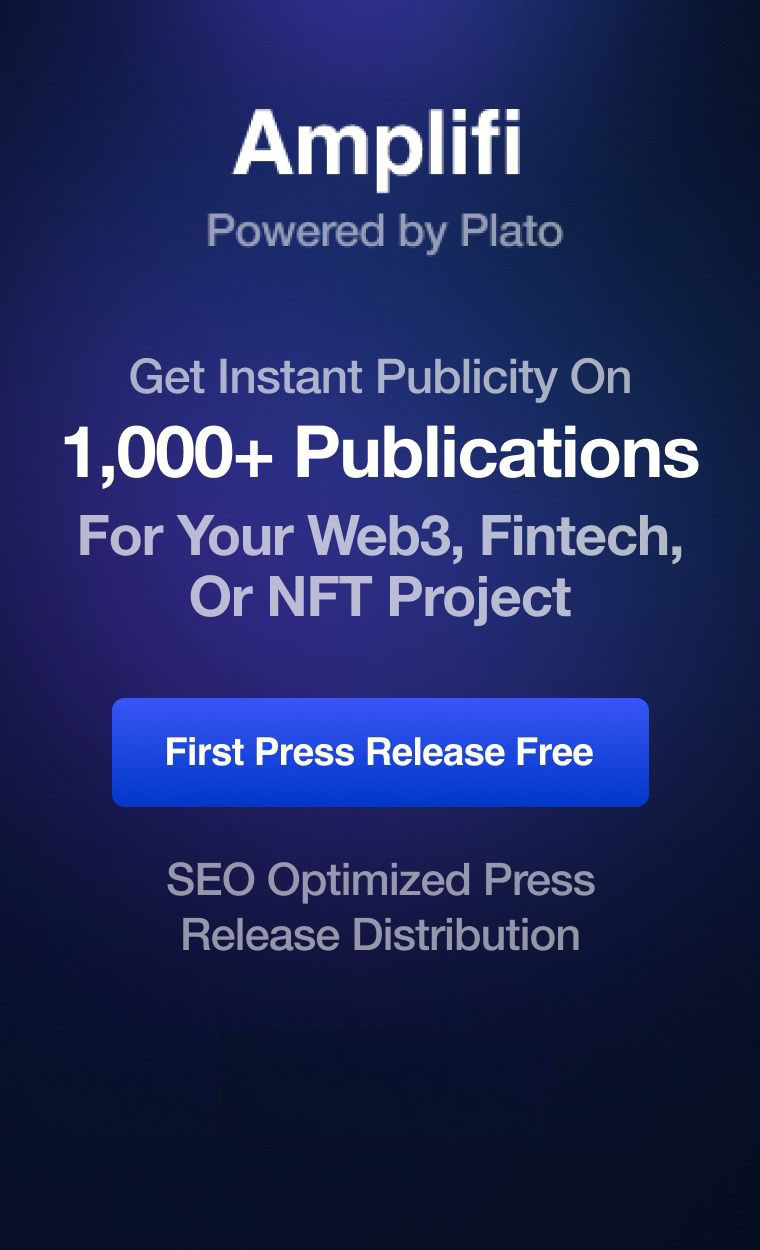
If you’ve ever heard of Raiblocks, then you know of Nano coin. Nano is their new name and it was formerly known as Raiblocks. A rebranding occurred to make the name less technical and more easily understood by the masses. The coin makes use of advanced technologies dropping the concept of a single blockchain. Therefore, Nano is able to overcome a number of the scaling concerns that beset the Bitcoin and Ethereum approaches to blockchain. This Nano coin review will dig deeper into what Nano coin is, what is does and why you should check it out.
What Is Nano coin?
Nano is attempting to become what Bitcoin sometimes struggles to be. A fast and efficient alternative to fiat currency.
In Nano’s white paper, the development team raises concerns over the practicality of Bitcoin as a common currency. The concerns are as follows:
- Scalability issues have users facing high transaction fees
- Bitcoin’s high computational latency makes for an average transaction time of 164 minutes.
- Bitcoin’s proof of work consensus uses an estimated 27.28TWh annually, an average of 260KWh per transaction.
On a technical level, Nano is a trustless cryptocurrency with low latency. Rather than being based on a blockchain, it uses directed acyclic graph (DAG) technology and block-lattice architecture.
This also allows each account to have its own blockchain (an account-chain).
The consensus mechanism used by Nano is Open Representative Voting (ORV), a form of Delegated Proof-of-Stake (DPoS).
A key benefit to using DAG technology is high scalability along with lightening quick transactions. Add these qualities to no fees, as a product of design decision, then it’s a potent offering in the blockchain space.
How Nano coin improves Cryptocurrency usage
Nano has some great benefits which push itself into a great position as a growth crypto. It’s free of fees, transactions are super quick and it can scale effectively.
The super quick transaction time is a strong feature of the coin. By implementing a dual-transaction mechanism, it’s up to both the receiver and sender of funds to verify a transaction. This eliminates the need for miners and creates a pathway for rapid and feeless transactions.
Nano transactions video explanation – Nano coin review cryptocoindude.com
Nano is scalable. All transactions on Nano are handled on the accounts blockchains and verified by principle representatives. This drops the idea of block size issues because nodes are not responsible for maintaining a vast record of all network transactions. Nano only needs to store the individual account balances of each account-chain rather than their entire ledger.
For example, compare this Bitcoin’s currency scalability. More information is stored, sluggish transaction times and high fees. Nano’s account-chains make for a lightweight infrastructure. Consequently people cite this pathway as the next evolution of blockchain. What do you think?
Nano is energy efficient. The dPoS system avoids the huge energy consumption and expensive mining hardware required by Proof-of-Work cryptocurrencies.
Nano coins (or tokens as they are)
Initially, the supply of NANO was released via a faucet.
That faucet no longer exists. Now to get hold of Nano coins they must be bought.
Nano can be bought via fiat at Bitvavo.com or at Bitinka.com which has USD and EUR pairs for Nano.
Alternatively, Binance exchange is the largest exchange for NANO and it’s also offered for sale at other exchanges such as Kucoin. The most common purchases are made with BTC, ETH or USDT.
Once you have bought Nano, then you’ll need to find somewhere to store it over the longer term (storing on exchange hot wallets is never the best bet). The following wallets are good places to store Nano Coin:
The history of Nano
Like most cryptocurrencies, Nano or Raiblocks as it was know has a colourful history. For example, the coin’s community took a bit of a drop kick in the wake of the Italy-based Bitgrail cryptocurrency exchange’s collapse in early 2018.
In February 2018, a hacker or group of hackers stole roughly $150 million worth of XRB tokens from Italian cryptocurrency exchange Bitgrail.
The fallout from this event was particularly ugly. Bitgrail blamed the developers of XRB. Nano/RaiBlocks blamed the lack of security at Bitgrail.
You get the picture.
Nearly one year after Francesco Firano, the owner and operator of the Bitgrail cryptocurrency exchange, announced that the exchange had lost 17 million NANO (approximately $ 170 million), an Italian Bankruptcy Court and a court-appointed technical expert concluded that Mr. Firano (“The Bomber” as Mr. Firano called himself on social media) was at fault for the loss and is required to return as much of the assets to his customers as possible.
The ruling is a landmark decision that sets an important precedent for the protection of cryptocurrency users worldwide. For a full in-depth examination of the event, check out the BitGrailVictimsGroup’s post over on Medium.
However, this did not finish Nano off. Like so many examples in the crypto ecosphere, the stronger coins learn, adapt and move on with their projects.
Nano coin review – final thoughts
Nano could very well provide an alternative to Bitcoin’s scalability and latency issues. Likewise it could tackle energy consumption that has come to define proof of work mining. If any cryptocurrency is to become a viable alternative to fiat, then this is the approach it will need to take. Quick, safe and zero cost to the user. Maybe, in the next few years, when you go into Starbucks, it will be Nano coin that you will be using to buy your Mini Matcha Green Tea Crème Frappuccino. You never know!
If you likes this Nano coin review, or are a fan of the Mini Matcha Green Tea Crème Frappuccino, please share our post on your favourite social media channel below. Thank you in advance.
For further information on all things Nano visit this excellent curated Nano information site.



